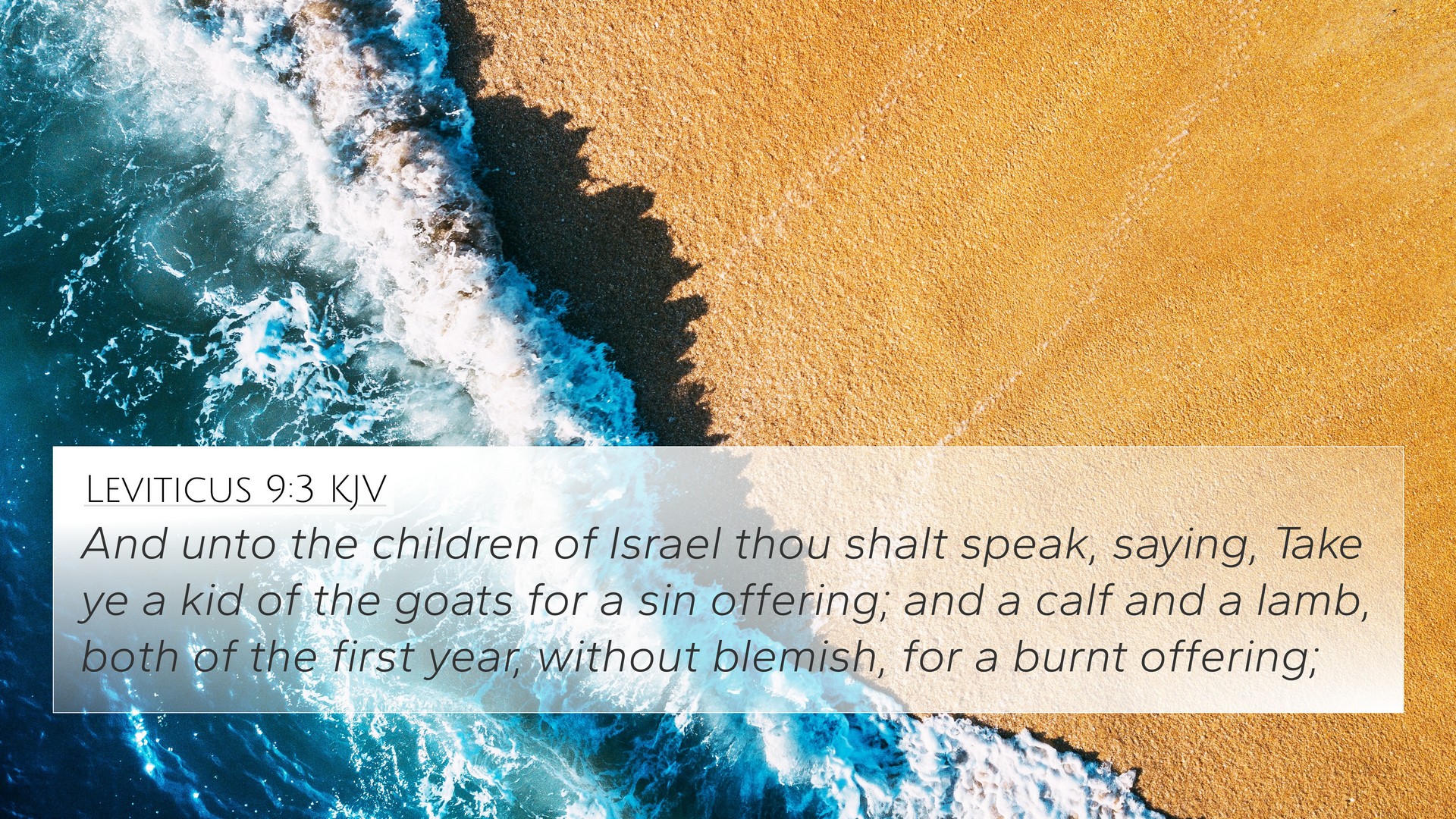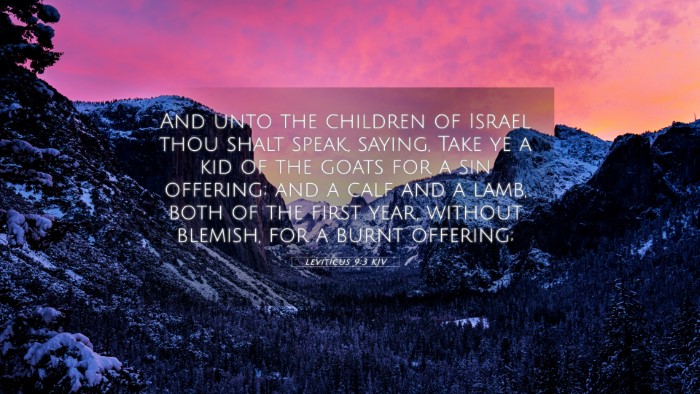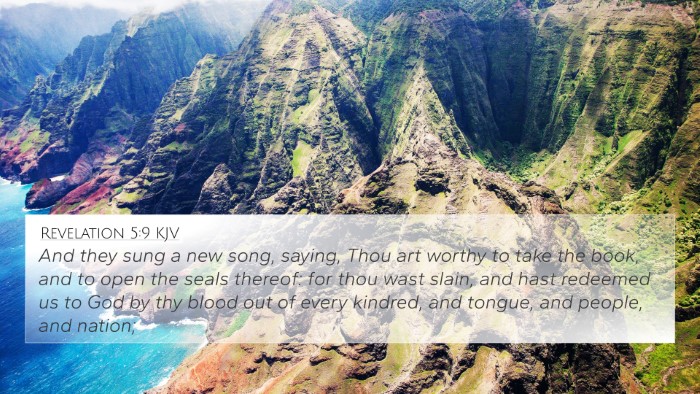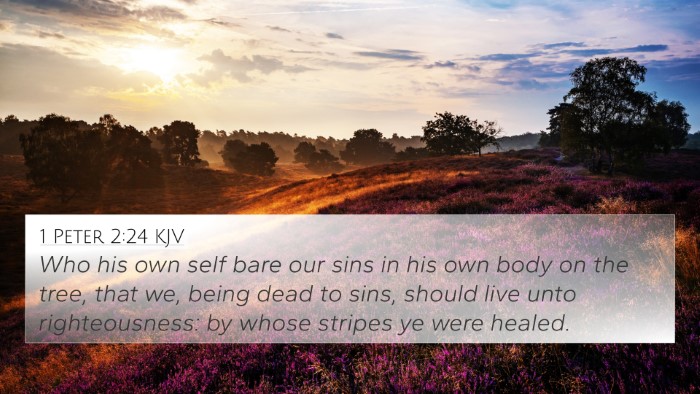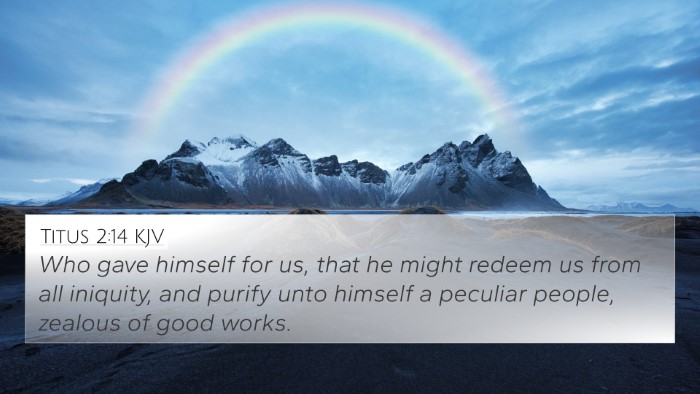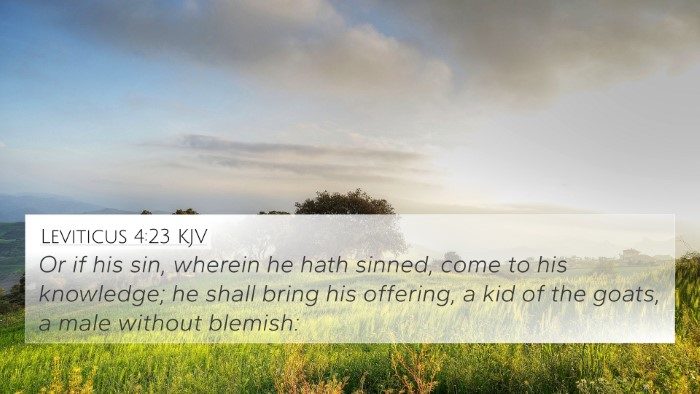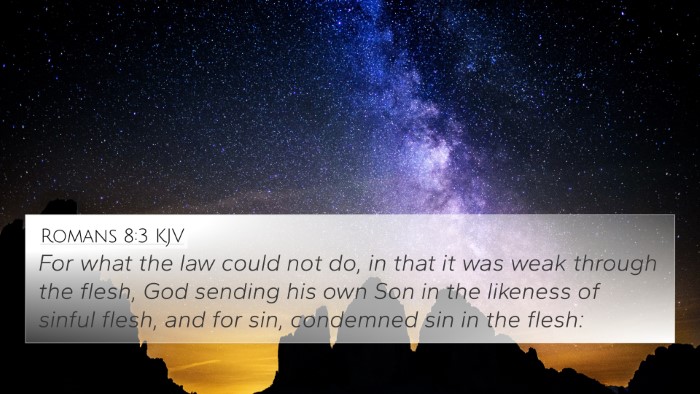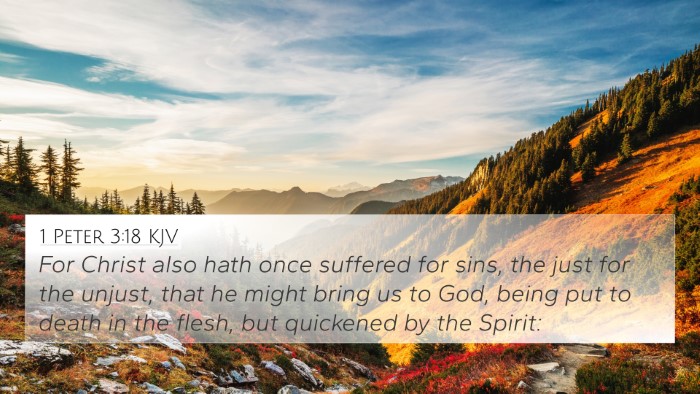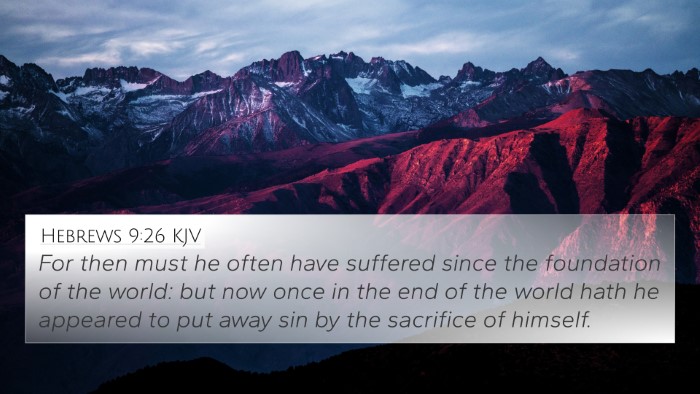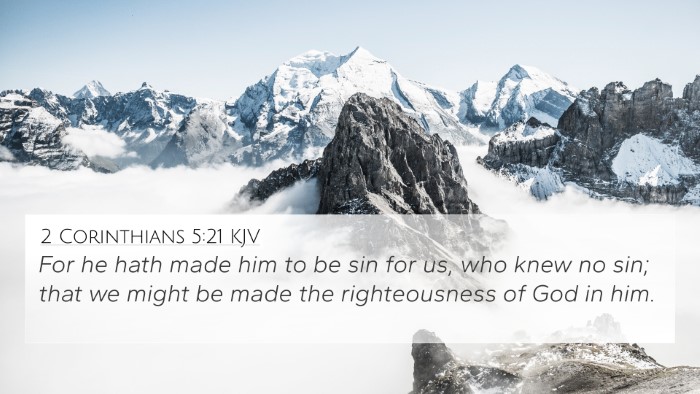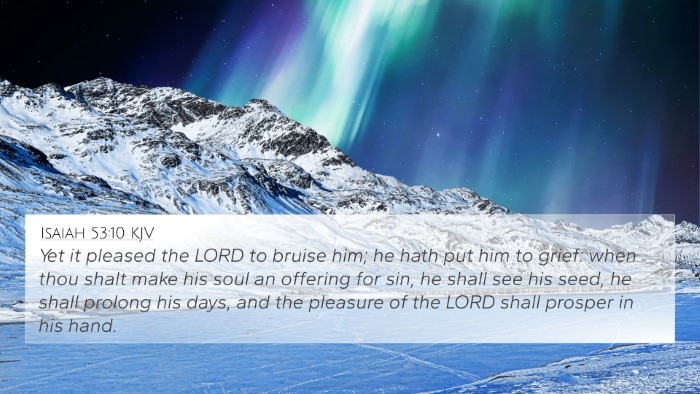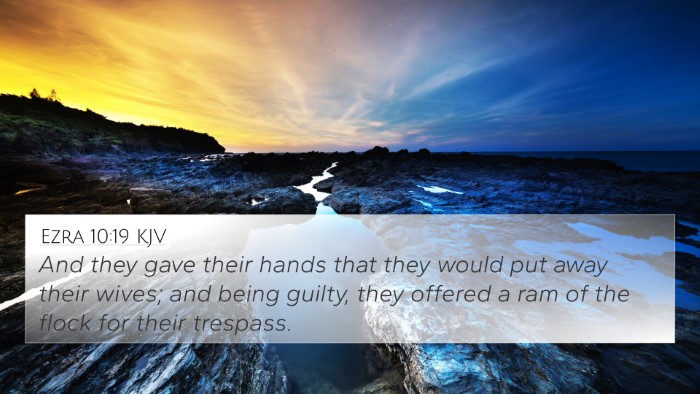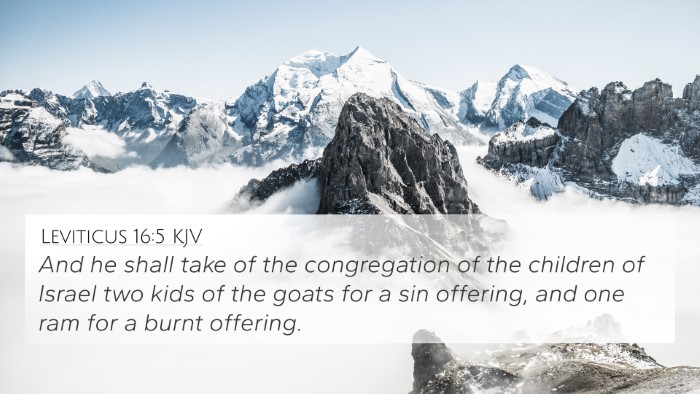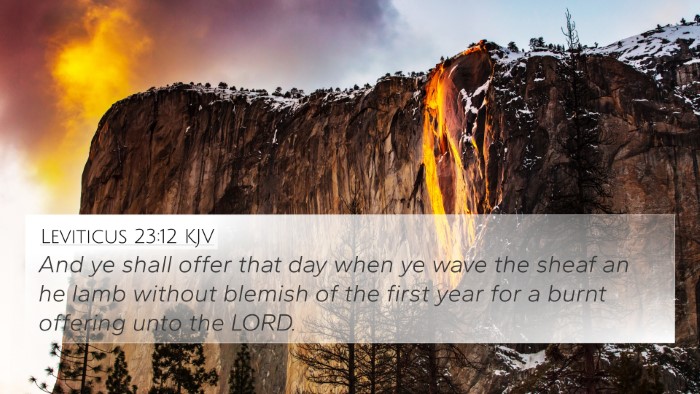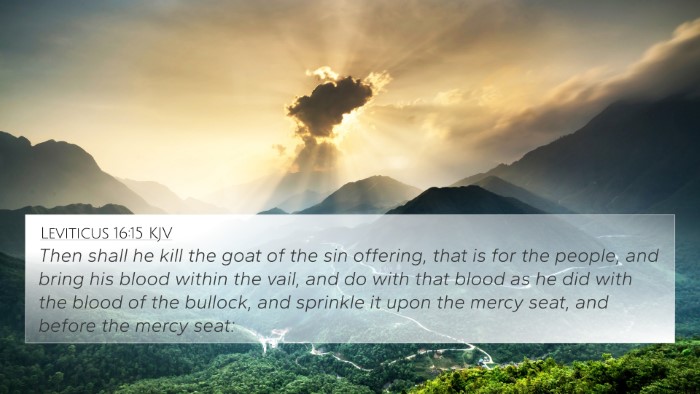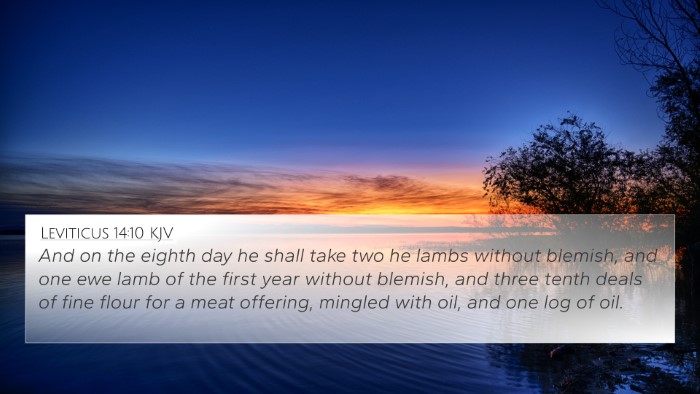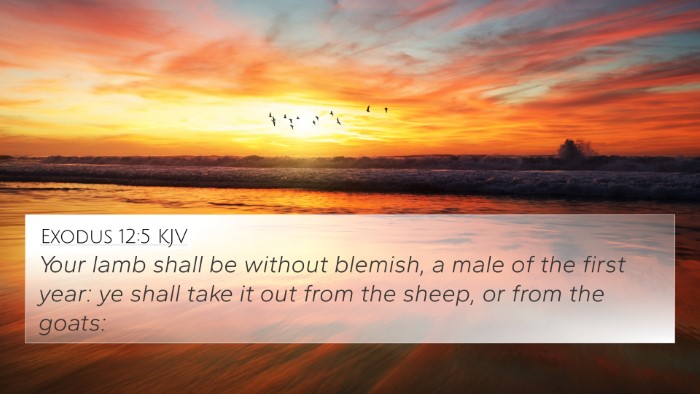Understanding Leviticus 9:3
Verse: Leviticus 9:3 - "And unto the children of Israel thou shalt speak, saying, Take ye a kid of the goats for a sin offering, and a calf and a lamb, both of the first year, without blemish, for a burnt offering."
Meaning and Context
This verse is part of the instructions given to Moses concerning the rituals to be performed by Aaron when he begins his ministry as the High Priest. The significance of these offerings lies in their role in atonement and worship, which are central themes throughout the Book of Leviticus.
Insights from Public Domain Commentaries
- Matthew Henry: Emphasizes the necessity of sin offerings and the importance of bringing sacrifices that are without blemish. He views these requirements as symbolic of Christ's ultimate sacrifice for sin, embodying the perfect and unblemished nature of Jesus as the Lamb of God.
- Albert Barnes: Points out that the instructions given to the Israelites highlight the need for atonement and the seriousness of sin. The choice of a kid of goats for a sin offering and the specific types of animals for burnt offerings underscores the elaborate system of sacrifices that God instituted for the people of Israel.
- Adam Clarke: Discusses the cultural significance of the sacrifices in ancient Israel, linking them to the themes of consecration and divine acceptance. Clarke notes that these offerings were not only for atonement but also showed the seriousness with which they approached their relationship with God.
Thematic Connections
Leviticus 9:3 is a pivotal verse that connects to various themes throughout Scripture. Understanding these connections can deepen our appreciation of God's redemptive plan and the foreshadowing of Christ's sacrifice.
Cross-References
- Exodus 12:5: Describes the requirements for the Passover lamb, emphasizing the need for a lamb without blemish, which parallels Leviticus 9:3's call for perfect offerings.
- Isaiah 53:7: Prophecies about the suffering servant, who is described as led to slaughter, connecting to the sacrificial system initiated in Leviticus.
- 1 Peter 1:19: Refers to Christ as the "lamb without blemish and without spot," linking the Levitical sacrifices to Christ’s atonement.
- Hebrews 9:22: States that without the shedding of blood, there is no remission of sins, underscoring the necessity of sacrificial offerings.
- Romans 12:1: Encourages believers to present themselves as living sacrifices, reflecting the idea of offering that begins here in Leviticus.
- Hebrews 10:4: Points out that it is not possible for the blood of bulls and goats to take away sins, implying the need for a greater sacrifice.
- John 1:29: John the Baptist identifies Jesus as the Lamb of God, drawing a direct connection to the sacrificial themes established in Leviticus.
Connections Between Bible Verses
The examination of Leviticus 9:3 not only presents an understanding of the sacrificial system but also highlights the interconnected nature of the Scriptures.
By analyzing these connections, one can see how the Old Testament sacrificial system set the foundation for New Testament theology concerning Christ’s sacrifice.
Inter-Biblical Dialogue
In studying Leviticus 9:3, it becomes evident that there is an ongoing dialogue throughout the Bible about sacrifice, atonement, and God’s desire for relationship with His people. The New Testament writers frequently refer back to these Old Testament practices to illustrate the significance of Christ’s atoning work.
Conclusion
Leviticus 9:3 is rich with theological implications and connects deeply with the overarching narrative of Scripture. Through careful study and cross-referencing, one can gain a deeper understanding of how these verses reflect God’s redemptive plan.
The sacrificial system, illustrated by this verse and others, stands as a testament to the holiness of God and the seriousness of sin, ultimately pointing to Jesus Christ as the fulfillment of the law and the ultimate sacrifice for humanity.
Tools for Bible Cross-Referencing
For those interested in exploring these connections further, there are various tools available:
- Bible concordance to find themes and references.
- Cross-reference Bible study guides that offer insights into thematic connections.
- Online databases for locating and comparing verses effectively.
- Use of Bible reference resources that compile verses by theme and offering basis.
These resources provide valuable assistance in discovering the rich tapestry of connections between Bible verses, enhancing the study and understanding of the Scriptures.
